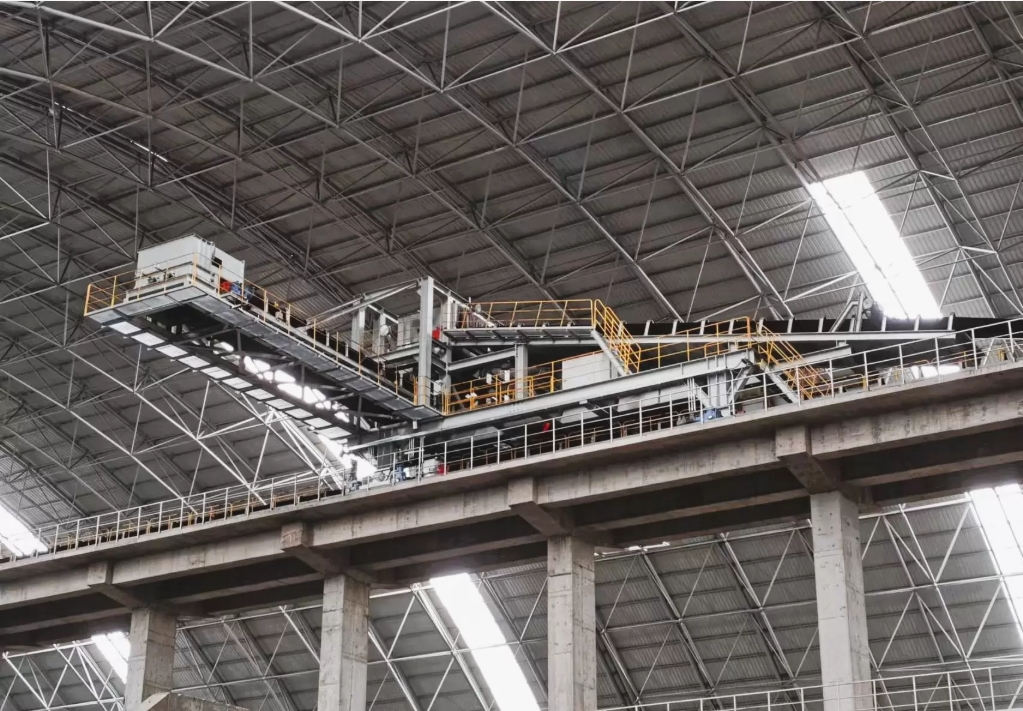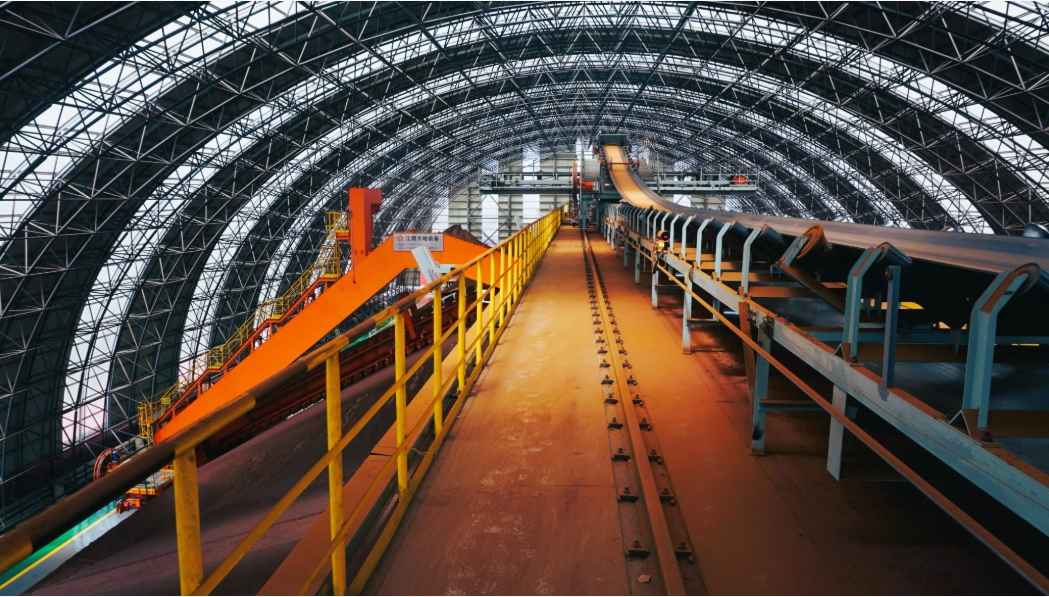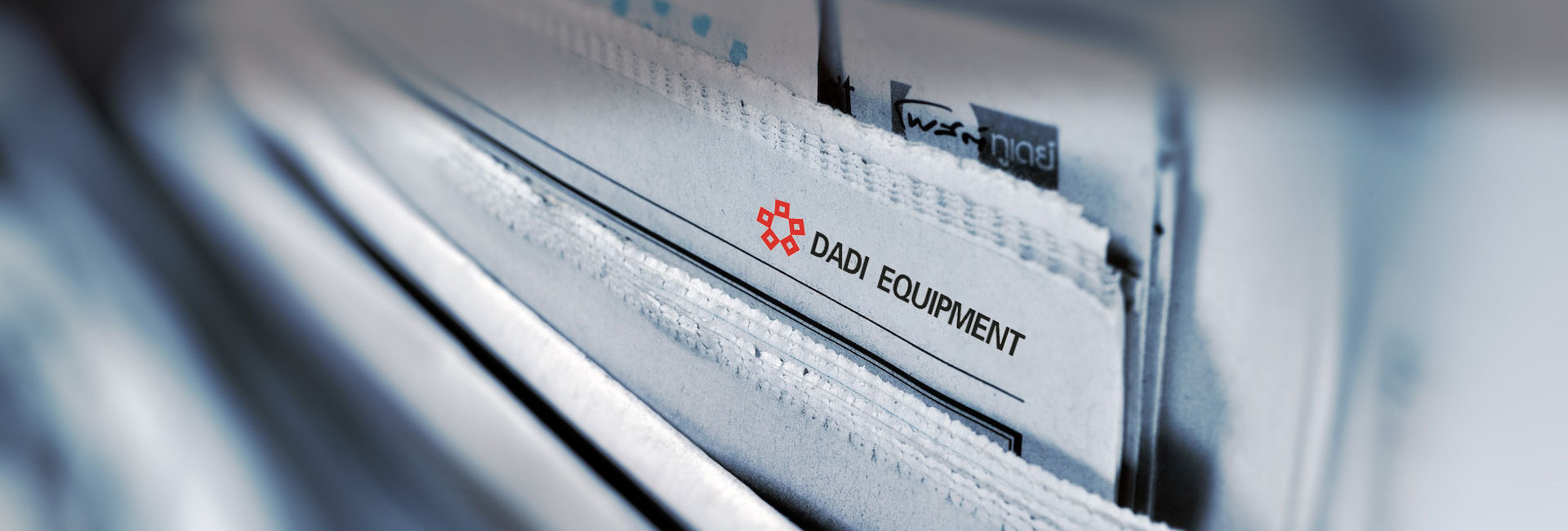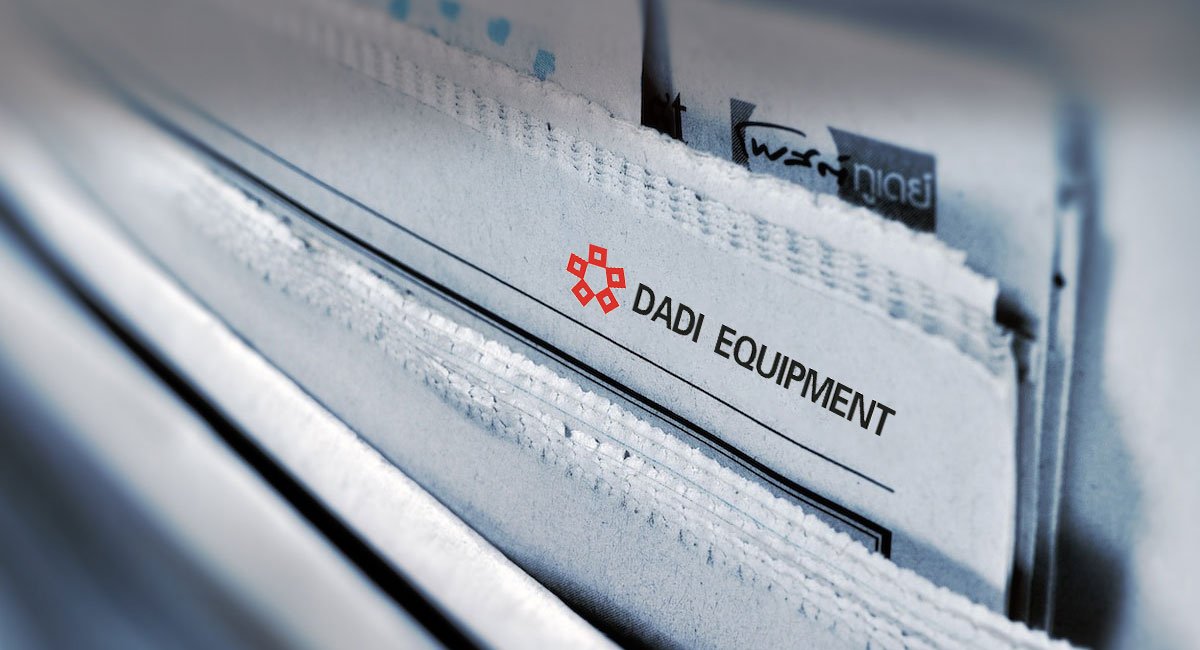2025
Top Solutions Using Tripper Carriages in Bulk Material Transport
25 Aug.2025
In modern industries such as mining, cement, power plants, ports, and metallurgy, bulk material handling plays a crucial role in maintaining smooth operations and high efficiency. One essential piece of equipment in this domain is the tripper carriage, a mechanism designed to evenly distribute bulk materials along conveyor systems. With the increasing demand for efficient, automated, and sustainable bulk material transport, tripper carriages have evolved to incorporate advanced technologies, improved materials, and innovative designs. This comprehensive blog explores the top solutions using tripper carriages in bulk material transport, their benefits, and why choosing an experienced provider like Dadi, a private enterprise specializing in bulk material conveying equipment and high-end metallurgical equipment, is essential for achieving optimal performance.
Understanding Tripper Carriages
A tripper carriage is a mobile device that travels along a conveyor belt to discharge material at specific points along the system. It is typically equipped with a series of pulleys, rollers, and discharge chutes that guide the material to designated storage areas or hoppers. Tripper carriages are commonly used in large-scale bulk material transport systems to manage the flow of materials such as coal, ore, cement, grains, and fertilizers.
By automating the distribution process, tripper carriages eliminate the need for manual intervention, enhance operational flexibility, and minimize spillage or uneven loading.
Advantages of Tripper Carriages in Bulk Material Transport
The use of tripper carriages offers numerous benefits across various industries:
Improved Efficiency: Enables continuous and controlled discharge of materials at multiple points along the conveyor.
Reduced Labor Costs: Minimizes manual handling and supervision.
Enhanced Safety: Reduces the risk of accidents associated with manual material distribution.
Better Material Management: Ensures uniform loading and reduces material segregation.
Scalability and Flexibility: Easily adaptable to different conveyor systems and material types.
Reduced Environmental Impact: Modern designs incorporate dust suppression and spillage control systems.

Applications of Tripper Carriages
Tripper carriages are widely used in multiple industries where bulk material handling is essential. Their versatility allows them to handle a range of materials with varying bulk densities and particle sizes.
Mining Industry
In mining operations, tripper carriages are essential for transporting coal, iron ore, bauxite, and other minerals from the extraction site to processing or storage facilities. They help optimize loading in stockpiles and minimize the need for additional conveying infrastructure.
Cement and Aggregate Plants
Cement manufacturing involves handling large volumes of raw materials such as limestone, clay, and clinker. Tripper carriages ensure efficient stockpiling and feeding processes in cement plants, helping to maintain continuous production.
Power Plants
Coal-fired power plants use tripper carriages to evenly distribute coal across storage yards or silos. This helps maintain consistent fuel supply to boilers, improving combustion efficiency.
Ports and Terminals
In ports and bulk terminals, tripper carriages are used to manage the loading and unloading of materials like grains, fertilizers, and ores. Their ability to move along the conveyor line provides flexibility in handling varying shipment sizes.
Metallurgical Industry
High-end metallurgical operations often require precise handling of raw materials. Tripper carriages designed for metallurgy ensure controlled distribution of coke, sinter, and other materials used in blast furnaces and smelting processes.
Dadi: A Trusted Partner for Bulk Material Conveying Solutions
Selecting a reliable manufacturer is vital to ensure that tripper carriages meet the demanding requirements of bulk material transport. Dadi, a private enterprise specializing in bulk material conveying equipment and high-end metallurgical equipment, offers innovative solutions that cater to a wide range of industries.
With extensive expertise, cutting-edge production facilities, and a focus on customer-oriented design, Dadi provides tripper carriages that deliver high performance, durability, and efficiency.
Why Choose Dadi?
Specialization in Bulk Material Handling: Years of experience in designing and manufacturing conveying equipment.
High-Quality Materials: Use of durable components to withstand harsh environments.
Customized Solutions: Ability to tailor tripper carriages to specific operational requirements.
Innovation and Technology: Incorporation of automated controls, dust suppression systems, and energy-efficient designs.
Comprehensive Support: From project planning to after-sales service, Dadi provides complete technical assistance.

Key Features of Modern Tripper Carriages
The latest tripper carriages integrate advanced technologies to enhance their performance and reliability:
Automated Positioning Systems: Allow precise control over discharge points.
Dust Control Mechanisms: Reduce material loss and environmental pollution.
Heavy-Duty Construction: Designed to handle abrasive materials and harsh conditions.
Low Maintenance Design: Incorporates wear-resistant components to minimize downtime.
Safety Features: Includes emergency stop mechanisms, sensors, and remote monitoring.
Maintenance and Troubleshooting of Tripper Carriages
To ensure the long-term performance of tripper carriages, proper maintenance is essential. Here are key maintenance strategies:
Regular Inspections
Check for wear on rollers, pulleys, and belts. Look for misalignment, loose connections, or signs of material buildup.
Lubrication
Ensure all moving parts, including bearings and rollers, are adequately lubricated to reduce friction.
Electrical System Checks
Inspect wiring, sensors, and control panels to prevent operational disruptions.
Cleaning and Dust Management
Keep the discharge points and surrounding areas free from dust accumulation.
Timely Replacement of Worn Parts
Replace damaged components to prevent further deterioration and unplanned downtime.

The Role of Tripper Carriages in Sustainable Bulk Material Handling
Sustainability is becoming a key focus in industries that rely on bulk material transport. Tripper carriages contribute to greener operations by:
Minimizing Spillage and Waste: Precise discharge reduces material loss.
Energy-Efficient Designs: Modern systems consume less power during operation.
Reduced Environmental Impact: Dust control measures improve air quality.
Extended Equipment Life: Proper maintenance and durable design reduce the need for frequent replacements.
Future Trends in Tripper Carriage Technology
The demand for more efficient and intelligent bulk material handling systems is driving innovation in tripper carriage design. Emerging trends include:
Integration with IoT Systems: Real-time monitoring and predictive maintenance.
AI-Driven Automation: Automated adjustment of discharge points based on load requirements.
Lightweight, High-Strength Materials: Enhanced durability without increasing operational weight.
Modular Designs: Easier installation, relocation, and expansion for evolving operations.

Best Practices for Maximizing Tripper Carriage Performance
To optimize the performance of tripper carriages in your bulk material transport system:
Partner with experienced manufacturers like Dadi to ensure high-quality equipment.
Implement regular maintenance and inspection schedules.
Train operators on safe and efficient use of the equipment.
Upgrade older systems with modern automation and safety features.
Monitor operational parameters using smart control systems.

Conclusion
Tripper carriages are indispensable components in modern bulk material handling systems, enabling efficient, safe, and flexible material distribution across various industries. Their ability to automate the discharge process, reduce manual intervention, and minimize environmental impact makes them a valuable investment for any large-scale operation.
By working with a specialized manufacturer like Dadi, which focuses on bulk material conveying equipment and high-end metallurgical equipment, businesses can access customized, high-performance tripper carriages tailored to their specific needs. With proper maintenance, innovative technologies, and a forward-thinking approach, tripper carriages will continue to play a key role in shaping the future of bulk material transport.
Practical Applications of Tripper Carriages in Mining and Industry








